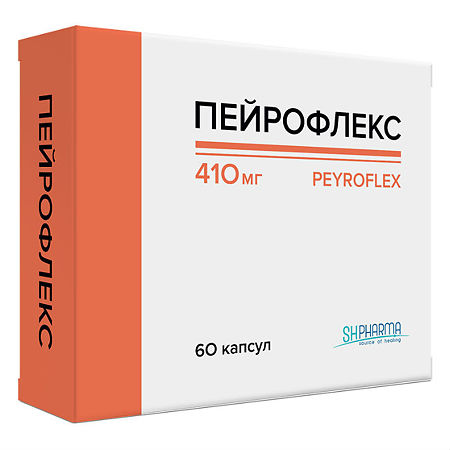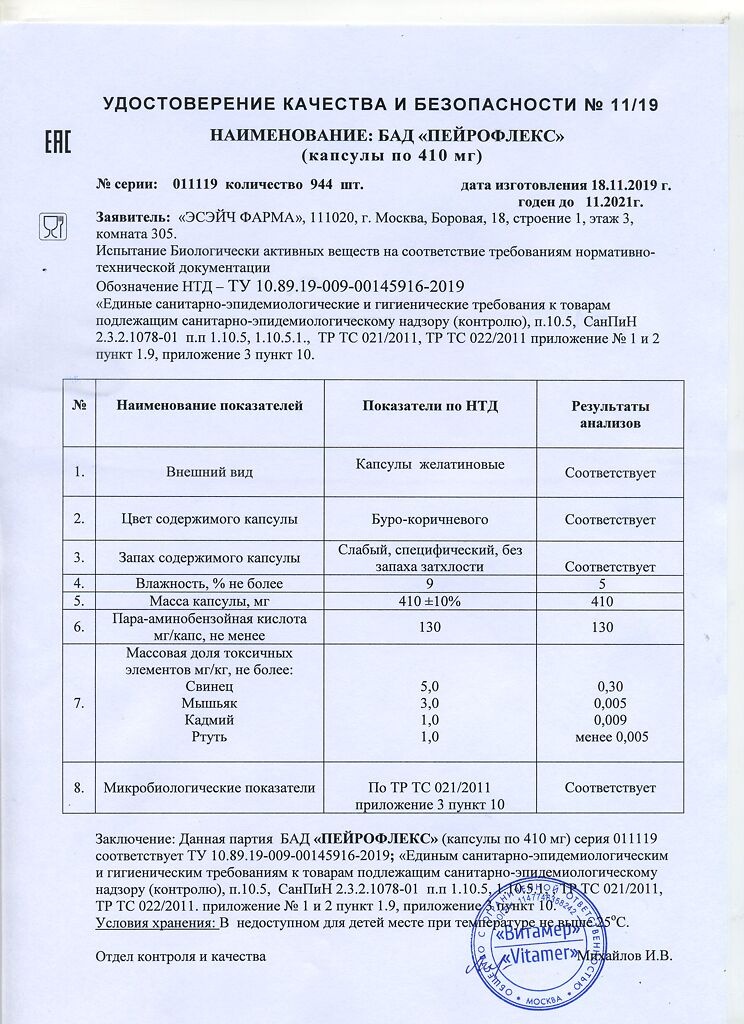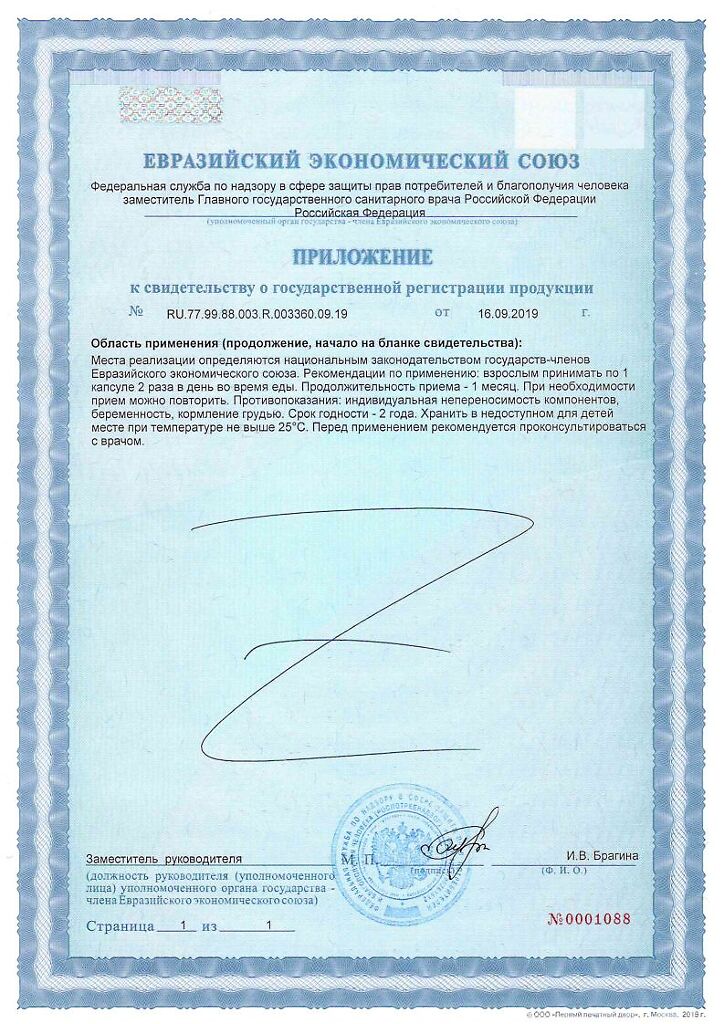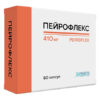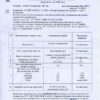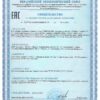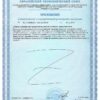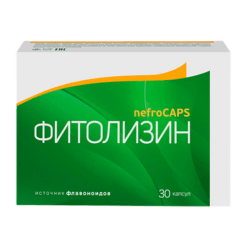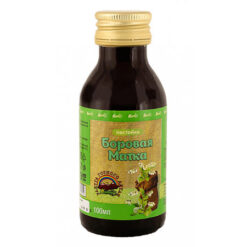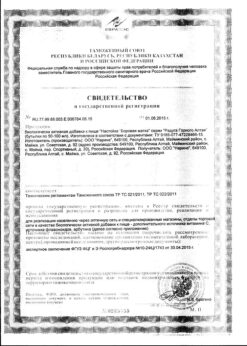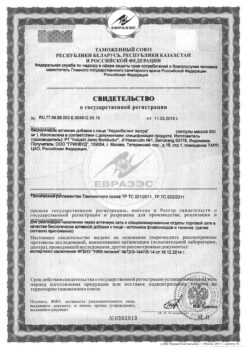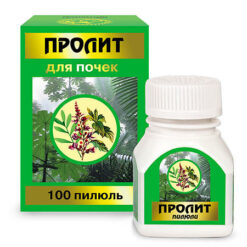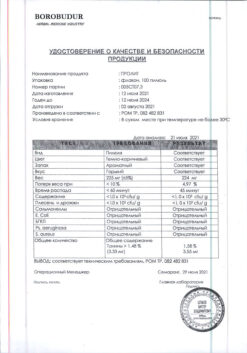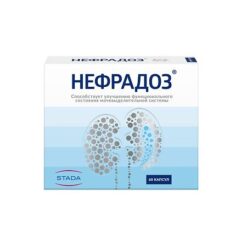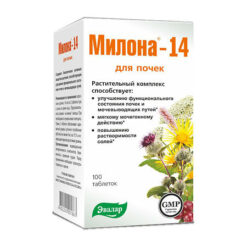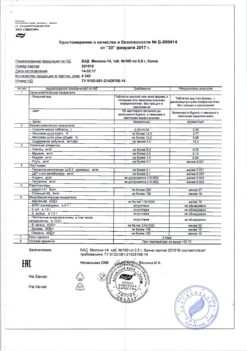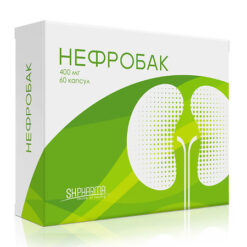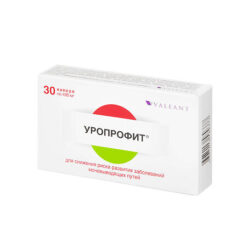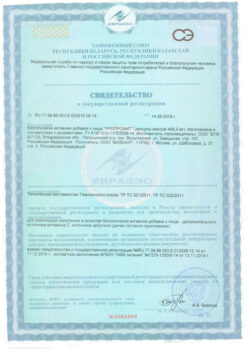No products in the cart.
Peyrofleks capsules 410 mg, 60 pcs.
€83.97 €72.78
Description

Para-aminobenzoic acid (PABA)
PABA is an organic compound, an amino acid, a derivative of benzoic acid, widely distributed in nature. PABA is a precursor in the biosynthesis of important cofactors, tetrahydrofolate and tetrahydromethanopterin. As a component of tetrahydrofolate, the para-aminobenzoic acid residue is involved in the synthesis of nucleic acids (RNA and DNA).
It has both anti-inflammatory and anti-fibrotic effects and is used to treat fibrotic conditions such as Dupuytriene contracture. Potassium para-aminobenzoate stabilizes a specific tissue enzyme and has a direct inhibitory effect on the cell skeleton of fibroblasts that form a fibrotic plaque [13].
Para-aminobenzoic acid salts have been used for many years to treat Peyronie’s disease [14]. Numerous clinical studies of para-aminobenzoic acid derivatives have shown its high efficacy in emerging penile curvature.
The results of the treatment of Peyronie’s disease with PABA derivatives
Study |
Pain reduction | Reduced plaque size | Reducing curvature | ||
Zarafonetis [15] | 21 | 100% | 76% | 82% | 25 | 100% | 100% | 71% |
Riley [17] | 18 | 100% | 11% < | 75% | |
Carson [18] | 32 | 100% | 56% | 58% |
Study | Pain reduction | Decrease in plaque size < | Reducing curvature | |
Scardino [7] | 100% | 91% | 78% | |
Chesney [8] | 82% | 82% | No data | |
Pryor [9] /td> | 35% | Minimal | 10% | |
Devine [10] | 99% | 20% /td> | 33% |
Many studies confirm that the addition of D-α-tocopherol to other drugs significantly improves treatment efficacy [11,12].
L-carnitine tartrate
This molecule is very similar to an amino acid; in humans it is synthesized in the liver, brain and kidneys from the essential amino acids lysine and methionine by ALC-transferase.
The carnitine system consists of L-carnitine, its esters (acetyl-L-carnitine, propionyl-L-carnitine) and a complex enzymatic system located in the mitochondrial membrane. L-carnitine tartrate prevents the multiplication of fibroblasts and collagen formation by reducing free radical activity and intracellular calcium concentration.
It also protects and restores cells with damage caused by inflammation and vascular microtrauma [19]. L-carnitine tartrate helps the body in repairing damaged cells. Carnitines stabilize the fluidity of cell membranes, which positively affects cell integrity [20,21].
Different forms of L-carnitine have been successfully used to treat Peyronie’s disease. In randomized controlled trials, administration of L-carnitine for 3 months relieved erection pain in 92% of men, and there was a 7.5° reduction in mean penile curvature and a 48.8 mm reduction in plaque size2 [20] [21].
* Sources of medical literature:
1. Sikka S.C. et al. Int. J. Impot. Res. 2002. Vol. 14, № 5. P. 353-360. 2. Tasanarong A. et al. J. Med. Assoc. Thai. 2011. Vol. 94 Suppl 7. P. S1-9. 3. Haas A.L. et al. Ophthalmic Res. 1996. Vol. 28, № 3. P. 171-175. 4. Godbout J.P. et al. J. Neuroimmunol. 2005. Vol. 169, № 1-2. P. 97-105. 5. Jiang Q. et al. Proc. Natl. Acad. Sci. 2008. Vol. 105, № 51. P. 20464-20469. 6. Fazzio A., Marilley D., Azzi A. Biochem. Mol. Biol. Int. 1997. Vol. 41, № 1. P. 93-101. 7. Scardino P.L., Scott W.W.. Ann. N. Y. Acad. Sci. 1949. Vol. 52, № 3. P.
390-396. 8. Chesney J. Br J Urol. 1975. Vol. 47. P. 209-218. 9. Pryor J., Farrell C. Prog Reprod Biol Med. 1983. Vol. 9. P. 41-45. 10. Devine C.J., Horton C. Semin Urol. 1987. Vol. 5. P. 251-261. 11. Halal A.A., Geavlete P., Ceban E. J Med Life. 2012. 12. Paulis G. et al. Andrology. 2013. Vol. 1, № 1. P. 120-128. 13. Nehra A. et al. J. Urol. 2015. Vol. 194, № 3. P. 745-753. 14. Hauck E.W. et al. Urologe. 2005. Vol. 44, № 10. P. 1189-1196. 15. ZARAFONETIS C.J., HORRAX T.M. J. Urol. 1959. Vol. 81, № 6. P. 770-772.
16. Hasche-Klünder R. Urologe. A. 1978. Vol. 17, № 4. P. 224-227. 17. Riley A. BR J Sex Med. 1979. Vol. 6. P. 29-33. 18. Carson C.C. Tech. Urol. 1997. Vol. 3, № 3. P. 35-139. 19. Jack G.S., Gonzalez-Cadavid N., Rajfer J. Curr. Urol. Rep. 2005. Vol. 6, № 6. P. 454-460. 20. Biagiotti G., Cavallini G. BJU Int. 2001. Vol. 88, № 1. P. 63-67. 21. Cavallini G. et al. BJU Int. 2002. Vol. 89, № 9. P. 895-900.
Additional information
| Shelf life | 2 years. |
|---|---|
| Conditions of storage | Store in a dry, protected from direct sunlight, out of reach of children, at a temperature not exceeding +250C. |
| Manufacturer | NH Pharma, Russia |
| Medication form | capsules |
| Brand | NH Pharma |
Related products
Buy Peyrofleks capsules 410 mg, 60 pcs. with delivery to USA, UK, Europe and over 120 other countries.

